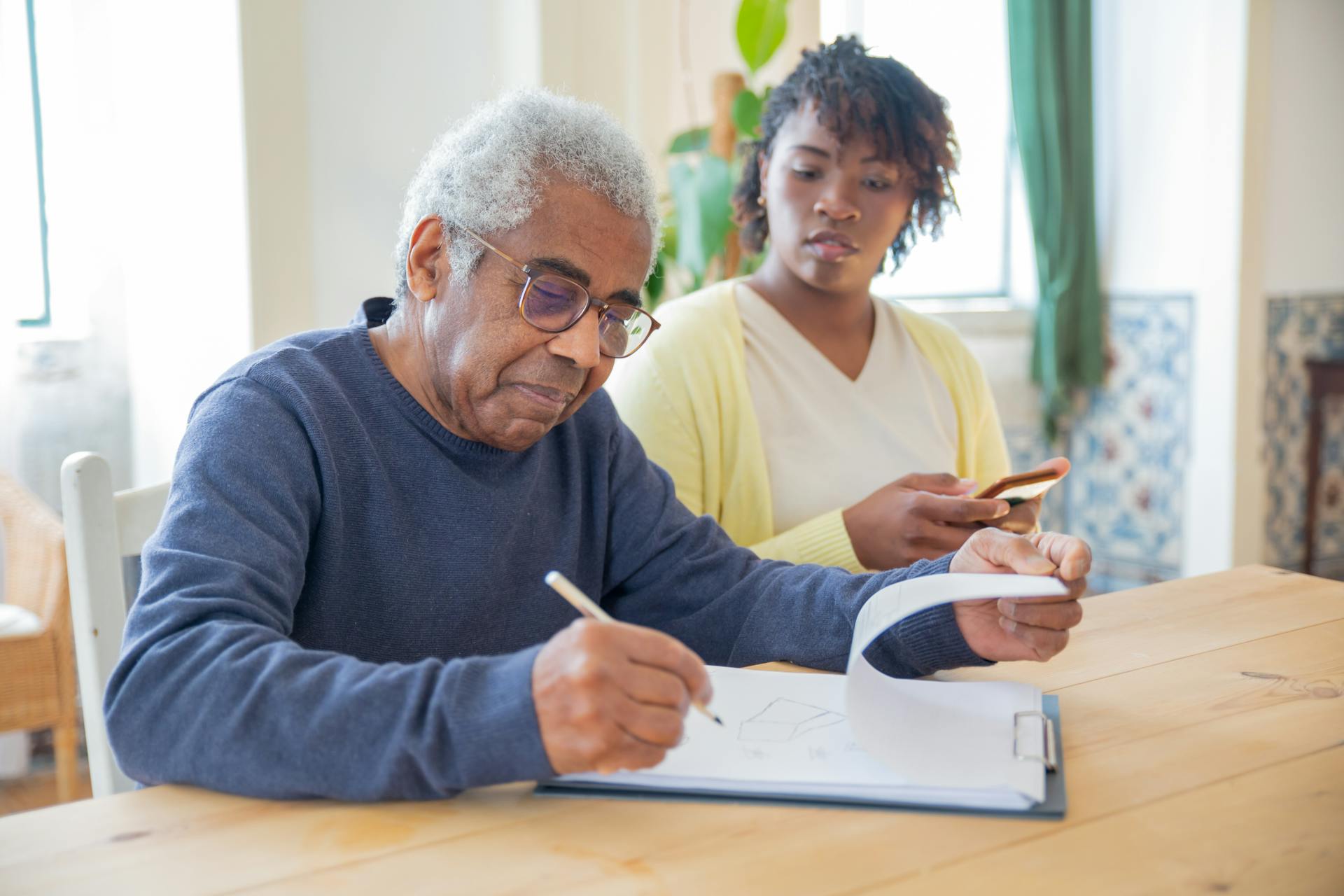It’s a common fibro experience: Your doctor recommends exercise and sends you on your way. But living with chronic pain can mean exercise is not a solution, but a four-letter word.
It might seem counterintuitive (not to mention frustrating) for those experiencing pain, but research consistently shows that regular movement is one of the most effective ways to manage fibromyalgia symptoms and improve overall well-being.
Let’s explore the science behind physical treatments for fibromyalgia and delve into different types of movement that can not only be beneficial, but also more manageable.
Understanding the Science: How Movement Eases Fibromyalgia
In multiple studies, movement has been shown to offer a multitude of benefits for people with fibro.
Here’s a glimpse into the science behind how physical treatment for fibromyalgia helps:
- Pain Management: Movement is a natural pain reliever. Physical activity stimulates the body’s production of endorphins, which have mood-boosting and pain-reducing properties. Regular physical activity also helps improve pain tolerance and reduces inflammation.¹
- Improved Sleep: Fibromyalgia is often accompanied by sleep disturbances. Incorporating movement into the day can promote better sleep quality by regulating sleep hormones and reducing fatigue.² Time of day is also important for avoiding flares: Aim for moderate-intensity activity earlier in the day, avoiding strenuous activity close to bedtime.
- Enhanced Mood: Physical activity is a well-established mood booster.³ Movement increases serotonin and norepinephrine levels in the brain, which have mood-regulating effects and can help combat symptoms of depression and anxiety, common co-occurring conditions with fibromyalgia.
- Increased Strength and Flexibility: Regular activity strengthens muscles and improves flexibility, which can significantly reduce pain and stiffness associated with fibromyalgia.⁴ Stronger muscles better support joints, improving daily function and reducing the risk of injury.
Finding Your Movement Mojo: Tailored Movement Options for Fibromyalgia
The key to movement with fibromyalgia is finding activities you enjoy and can do consistently. Here are some options to consider:
- Low-Impact Aerobics: Activities like brisk walking, swimming, cycling, or elliptical training elevate your heart rate and improve cardiovascular health without putting excessive stress on your joints.
- Strength Training: Building muscle strength improves pain tolerance, posture, and overall function. Start with low weights and gradually increase intensity as tolerated. Consider bodyweight exercises or resistance bands for a gentler approach.
- Yoga and Tai Chi: These mind-body practices combine gentle movement with stretching and deep breathing. They promote relaxation, improve flexibility and balance, and can be highly beneficial for managing fibromyalgia symptoms.
- Water Exercises: Water-based activities like aqua aerobics or pool walking offer a low-impact workout that’s easy on the joints. The buoyancy of water provides support while allowing for a full range of motion.
- Stretching: Regular stretching improves flexibility, reduces stiffness, and may help ease pain.
Getting Started and Maintaining Momentum with Physical Treatments for Fibromyalgia
Starting a physical treatment routine with fibromyalgia can feel daunting. Here are some tips to ease into movement and stay motivated:
- Begin Slowly: Don’t try to do too much too soon. Start with short movement sessions and gradually increase the duration as you’re able.
- Listen to Your Body: Pay attention to your body’s signals. Take rest days when needed, and adjust the intensity of your workouts based on your pain levels.
- Find a Support Buddy: Moving with a friend or family member can boost motivation and make physical activity more enjoyable.
- Focus on Progress, Not Perfection: Celebrate small victories and focus on how movement makes you feel.
- Make it Fun: Choose activities you enjoy. Experiment with different movement styles to find what works best for you.
Discussing Movement with Your Doctor
Remember: Consult a healthcare professional before starting any new physical treatment program. Your provider can help you create a safe, effective and personalized plan tailored to your specific needs.
It’s also important to find a provider who understands fibromyalgia and can talk through pacing and options for flare days. If you or someone you know has fibromyalgia, you can access fibromyalgia specialists in several states through virtual visits with Swing Care, with services covered by major insurance plans. Visit www.swing.care to learn more or to check your insurance benefits.
Medically reviewed by Dr. Andrea Chadwick, MD, MSc, FASA
References
¹ Jones KD, Burckhardt CS, Clark SR, et al. A randomized controlled trial of muscle strengthening versus flexibility training in fibromyalgia. J Rheumatol. 2002;29(5):1041-1048.
² Nicassio PM, Moxham EG, Schuman CE, Gevirtz RN. The contribution of pain, reported sleep quality, and depressive symptoms to fatigue in fibromyalgia. Pain. 2002;100(3):271-279.
³ Häuser W, Klose P, Langhorst J, et al. Efficacy of different types of aerobic exercise in fibromyalgia syndrome: a systematic review and meta-analysis of randomised controlled trials. Arthritis Res Ther. 2010;12(3)
⁴ Häkkinen A, Häkkinen K, Hannonen P, et al. Effects of strength training on muscle strength, cross‐sectional area, maximal electromyographic activity, and serum hormones in premenopausal women with fibromyalgia. J Rheumatol. 2002;29(6):1287-1295.












